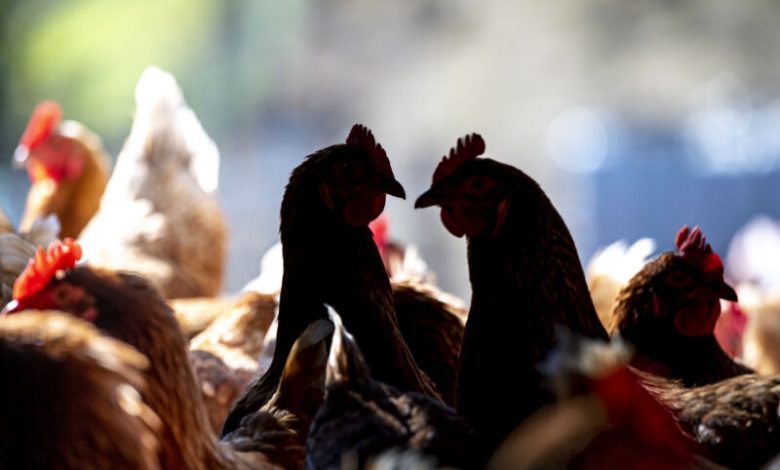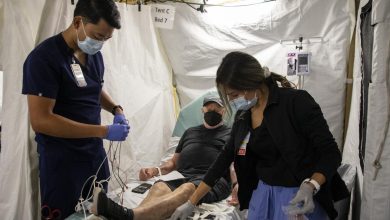Human bird flu cases tick up; second Colorado poultry farm reports spread
Seven cases have been reported in Colorado this month, bringing the total to 11.

As the continuing outbreak among dairy cows continues, a second Colorado poultry farm has reported a case of bird flu in a worker, making it the state’s seventh human case this month.
According to Colorado health officials, the seventh case is currently presumed to be positive. This indicates that the individual has tested positive at the state level, and the Centers for Disease Control and Prevention are conducting confirmatory testing.
The presumed positive employee worked at a chicken plant in Weld County, which is in the northern part of the state. Six employees of a different Weld poultry farm tested positive for avian flu in recent weeks. Workers at the commercial egg layer plant, which housed around 1.8 million birds, contracted the virus when they killed hens suspected of carrying the highly dangerous avian influenza. According to genetic tests, the H5N1 strain that infected the workers and birds was closely linked to the virus that was found to be spreading among dairy farm workers and cattle.
Birds to cows to chickens to humans
In late March, the US Department of Agriculture said that the H5N1 bird flu, which had been circulating for years among wild birds worldwide, had unintentionally moved to dairy cows in the US. In 13 states, at least 168 herds have tested positive for the virus thus far. There have been 11 human cases of the virus during the dairy outbreak. Dairy workers were involved in four of the cases: two in Michigan, one in Texas, and one in Colorado that was first reported this month. The remaining seven cases involved Colorado-based poultry workers. (In 2022, before the virus spread to cows, a Colorado poultry worker also had a case of H5N1.)
Given that H5N1 has been affecting US poultry farms since January 2022, the latest wave of human infections among Colorado poultry workers is noteworthy. Over 100 million birds have been impacted by more than 1,000 outbreaks that have occurred in 48 states to date. Since chickens are particularly vulnerable to avian influenza, it is thought that in most of those cases, the infection spread straight from wild birds. However, it is only since the virus spread from wild birds to dairy cows and finally to poultry that instances among poultry workers are rapidly increasing.
Thus far, genetic testing has not revealed any noteworthy alterations in the virus that could account for the current surge or give rise to new concerns. The CDC continues to rate the risk of H5N1 to the general public as low since there is currently no proof of human-to-human transmission. Moreover, every human instance that has been found so far has been mild, and they all seem to be treated with flu antivirals. Federal officials mentioned that the high heat of the summer may be contributing to the rise in human cases during a news briefing last week. Employees in Colorado who worked in poultry production and were entrusted with culling birds found it difficult to maintain their masks and goggles on their faces in the intense heat and gusts of industrial fans.
In this most recent phase of the outbreak, it is also yet unknown how the virus is moving from dairy farms to poultry farms. That Colorado is the state seeing a spillover from dairy farms to poultry farms, out of all the states, may not come as a surprise, though, as Colorado has reported 46 of the 168 sick herds nationwide, the highest number of any of the 13 states impacted by the outbreak. More than twenty diseased herds have been reported, primarily from Weld County.




